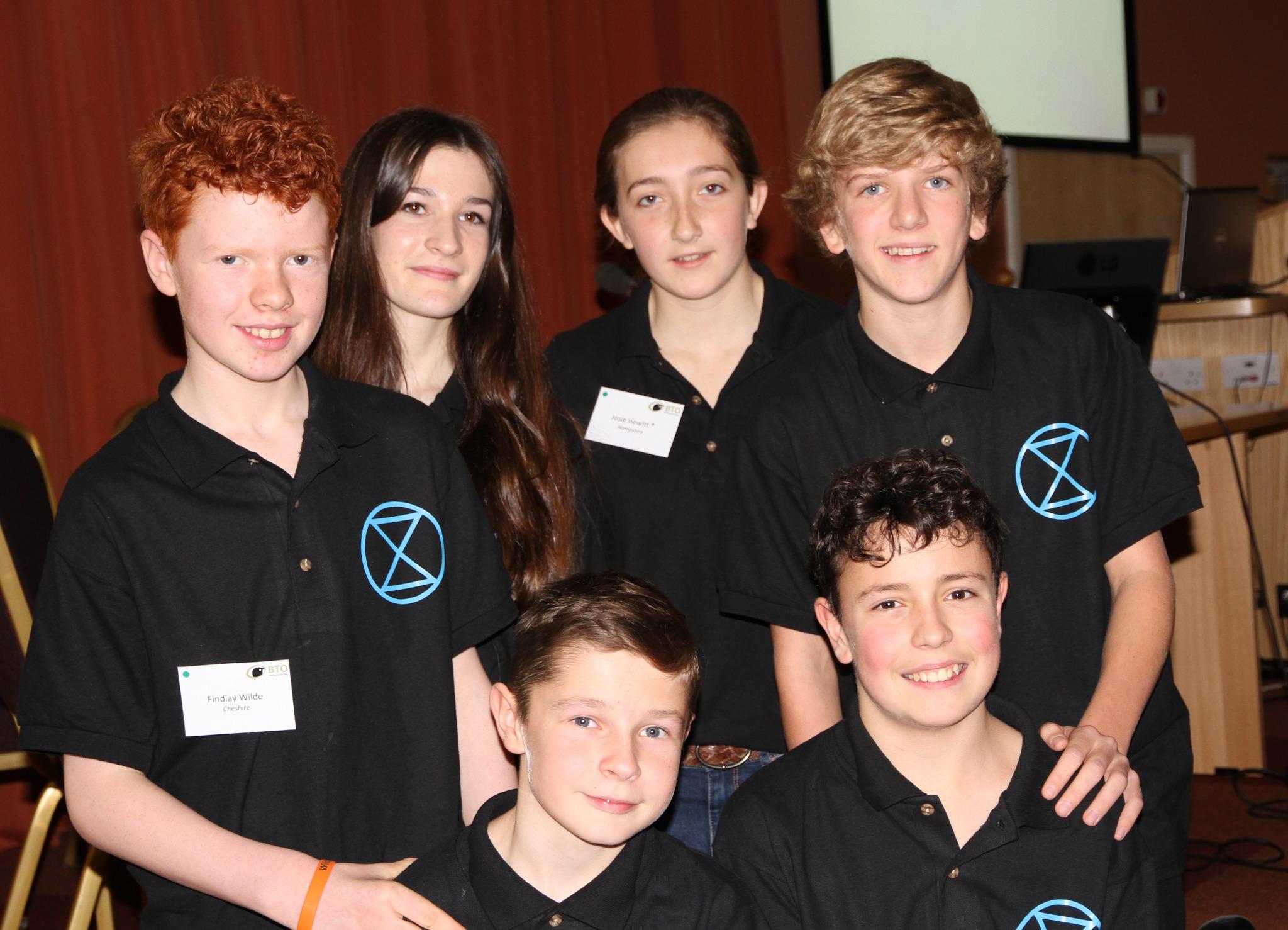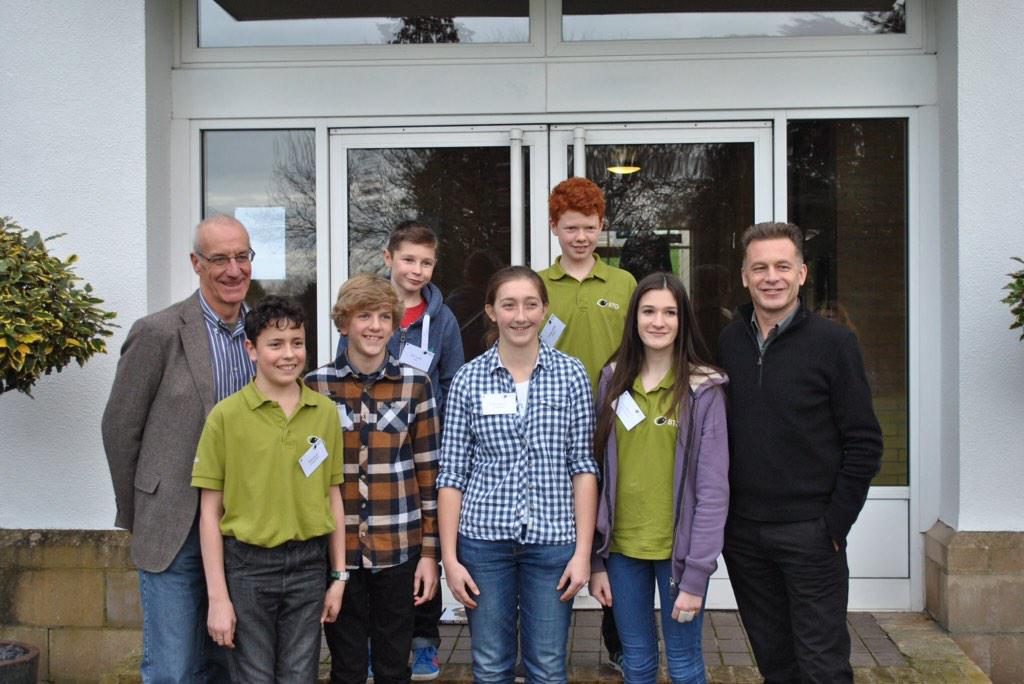On the evening of 5th December my family and I went to the
BTO annual conference at Swanick, Derbyshire. It was my first time at the
conference and I had been invited to speak so I was very excited.
The first talk on Friday evening was from Helen MacDonald,
she was talking about falconry birding. It was a great start to the weekend and
a very interesting talk. In fact afterwards my parents bought her book which
Helen signed which I am looking forward to receiving and reading at Christmas.
Next we entered the quiz, our group made up a children’s
team and a parents team, although we came 4th we did beat the
parents!
There were lots of great talks on the Saturday. Dave Leech’s
talk was very funny and interesting and I learned a lot of new things about nest
recording and it made me want it to be spring so I could look for some nests! Next
up was Mark Thomas; a Wildlife Crime Officer from RSPB was talking about
wildlife crime and in particular raptor persecution. I was shocked to hear egg
collectors received higher sentences, including a prison sentence, than
criminals that kill raptors and other wildlife. This needs to change and we
need to act now! It is such a disgusting thought to think that this type of
killing goes on.
I also enjoyed James Pearce-Higgins talk on climate change
and the effect it is having on wildlife, especially as I am studying climate
change in Geography at the moment. The night before I had spoken to James about
options for the future and he gave me some advice about subjects are best take
at A Level. The subjects I find interesting are science and geography, so it
was nice to hear his opinion.
Kevin Gaston’s talk also stood out for me. He told us of
certain nature related words being removed from the Junior Oxford Dictionary,
but the word ENDANGERED has been added!
The talk by Kate Plummer on Blackcaps was interesting too.
She told us that their appearance is slightly different depending on where they
migrate.
Viola Ross Smith talked about the life of Lesser Black
Backed Gulls, which she loves and had satellite tagged. It was fascinating to see the gull’s journey
on the screen and follow the movements.
It was great to hear Ed Drewitt speak about Urban
Peregrines, living in Derby we see the cathedral peregrines regularly and
always I follow their breeding stories on the webcams. What an amazing
adaptation these birds have made to our cities.
On Saturday, Josie Hewitt, Toby Carter, Findlay Wilde, Ben
Moyes, Ellis Lucas and I were invited to have lunch with Andy Clement and Chris
Packham, we were all very excited about this. We are all young birders/ringers
and nest recorders and were at the conference to give a talk on what had
inspired us to be birders. It was great to listen to Chris about what he has
learned on his trips and his scientific knowledge filled us up.
Finally on Sunday, it was time for our talks. Although I was
very nervous my talk went really well and everyone seemed to enjoy listening to
all of us. I thought that my friends Ben, Josie, Toby, Findlay, and Ellis gave
great talks. It was an experience I will never forget. Not just the talks but meeting
new people and talking to them. I would also like to thank Andy again and
everyone at the BTO for giving us this opportunity and for a great weekend.
I would also like to thank Lucy McRobert from A Focus on
Nature who introduced our talks and for supporting us too through the AFON
network.











